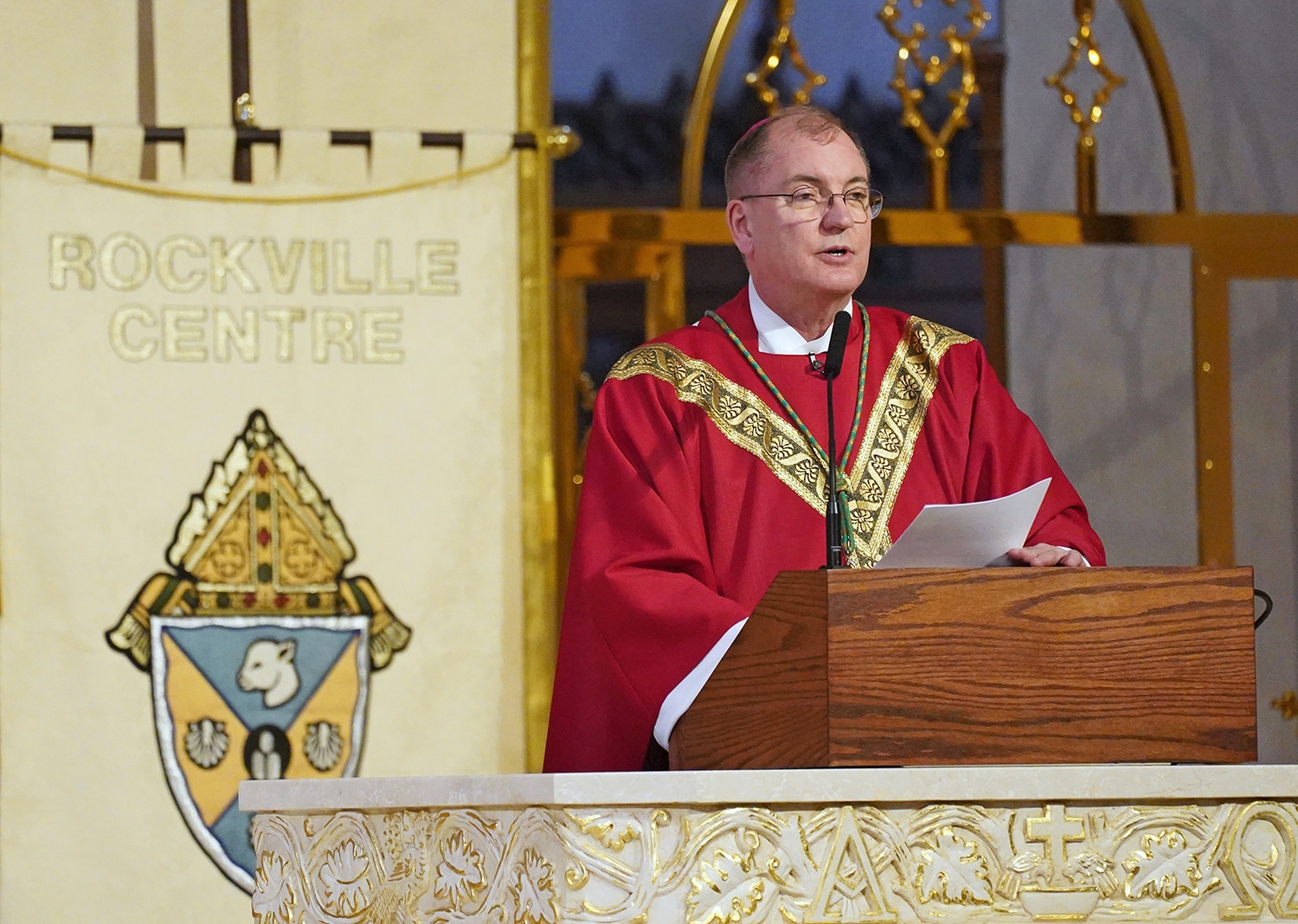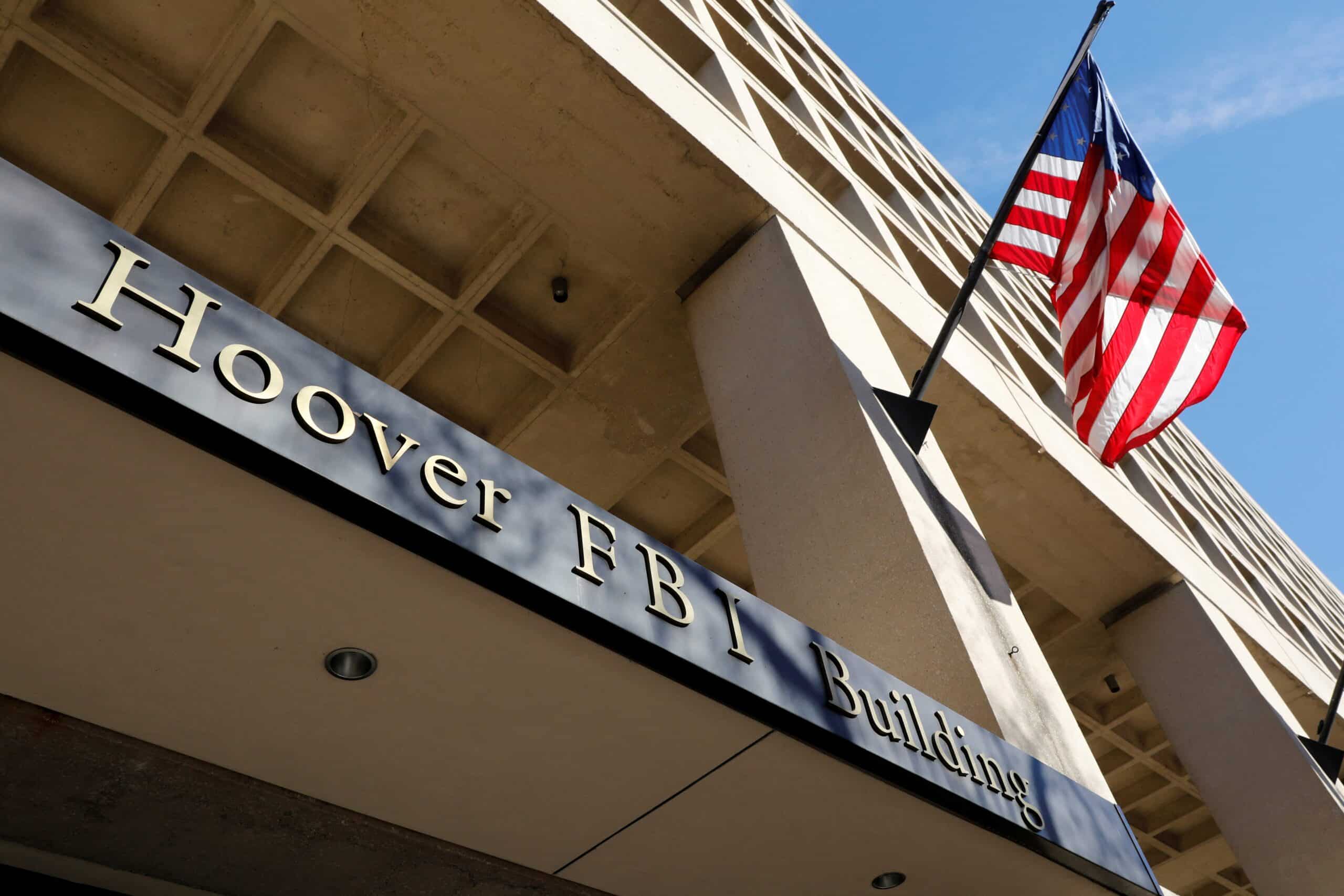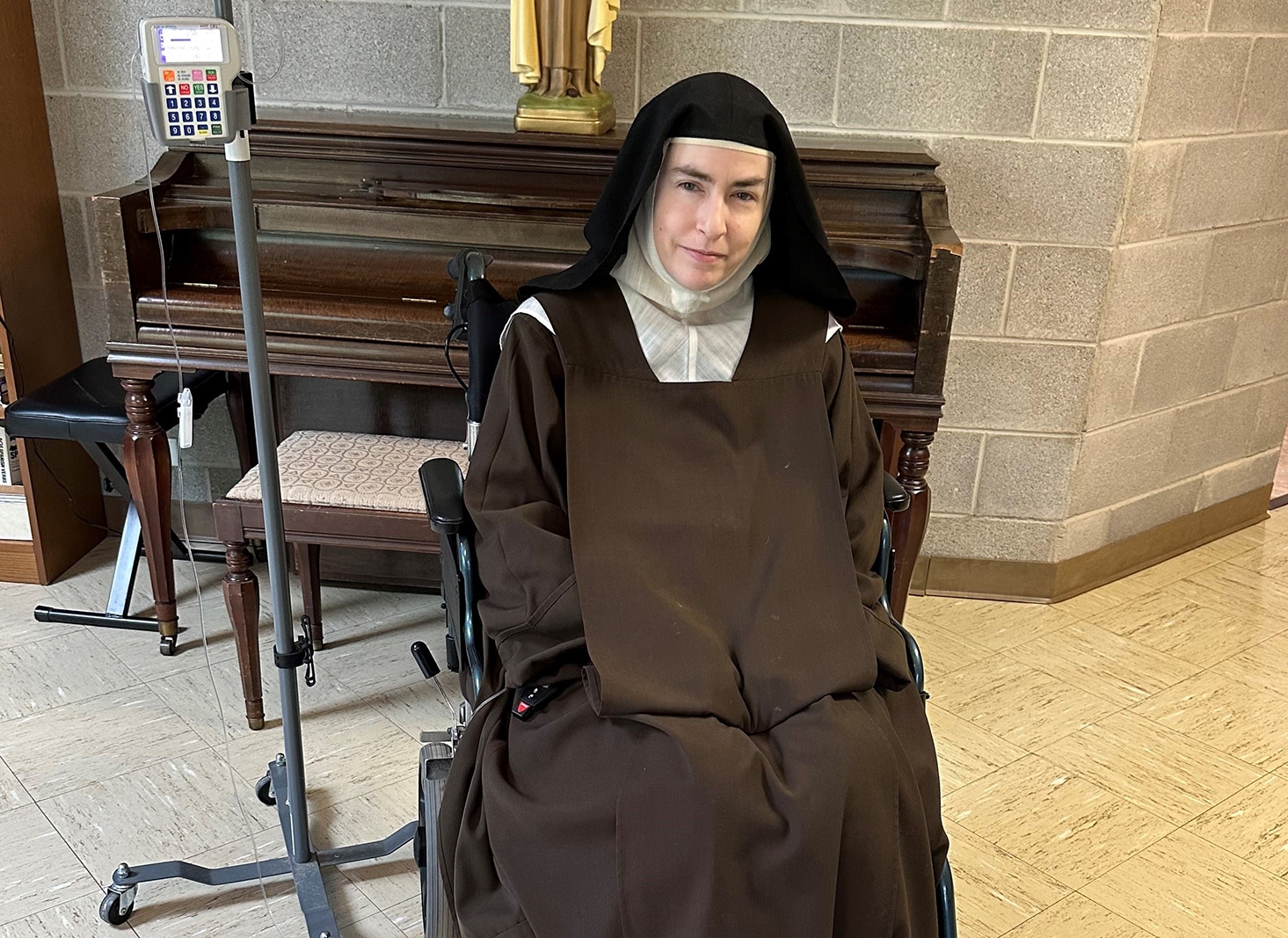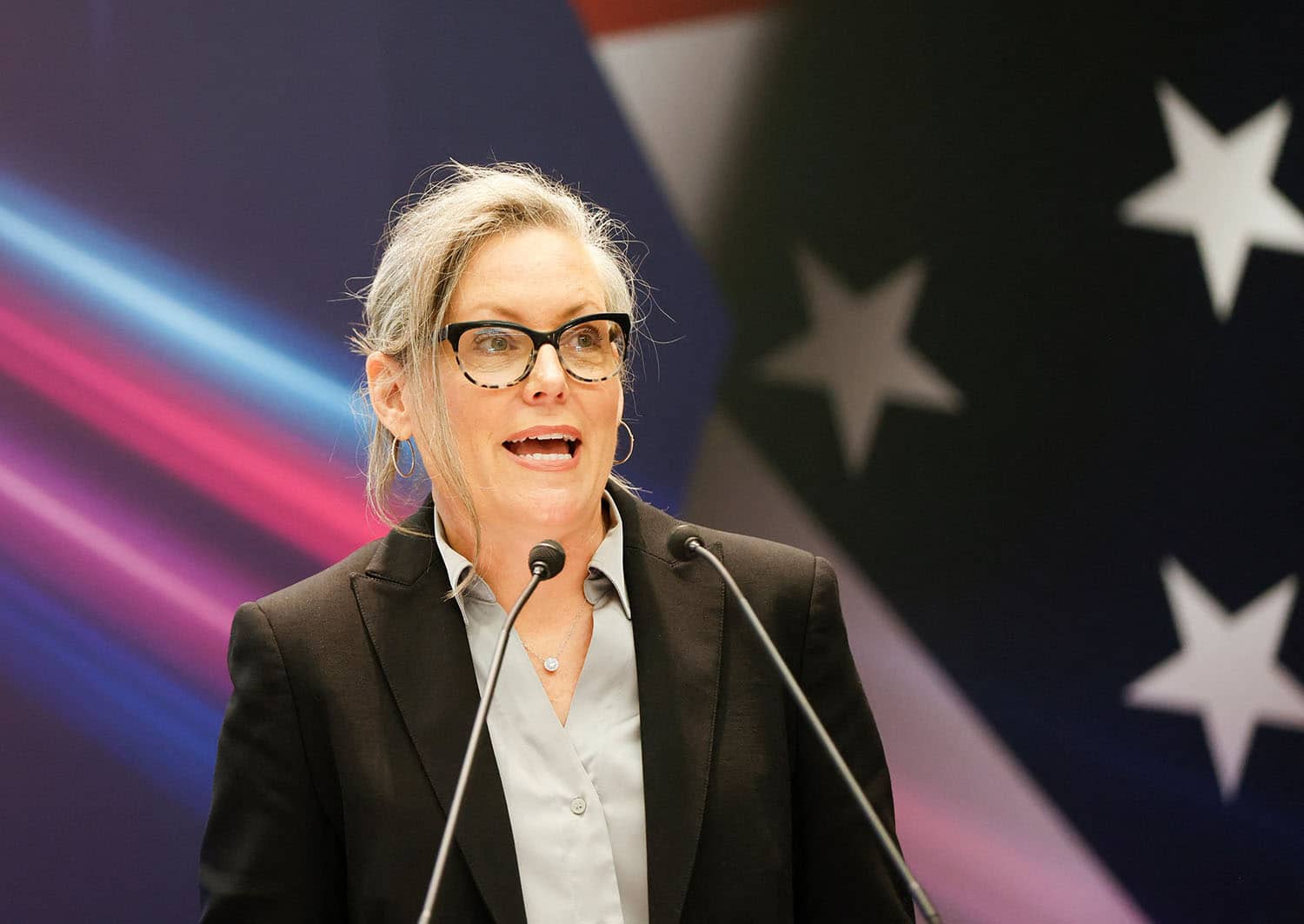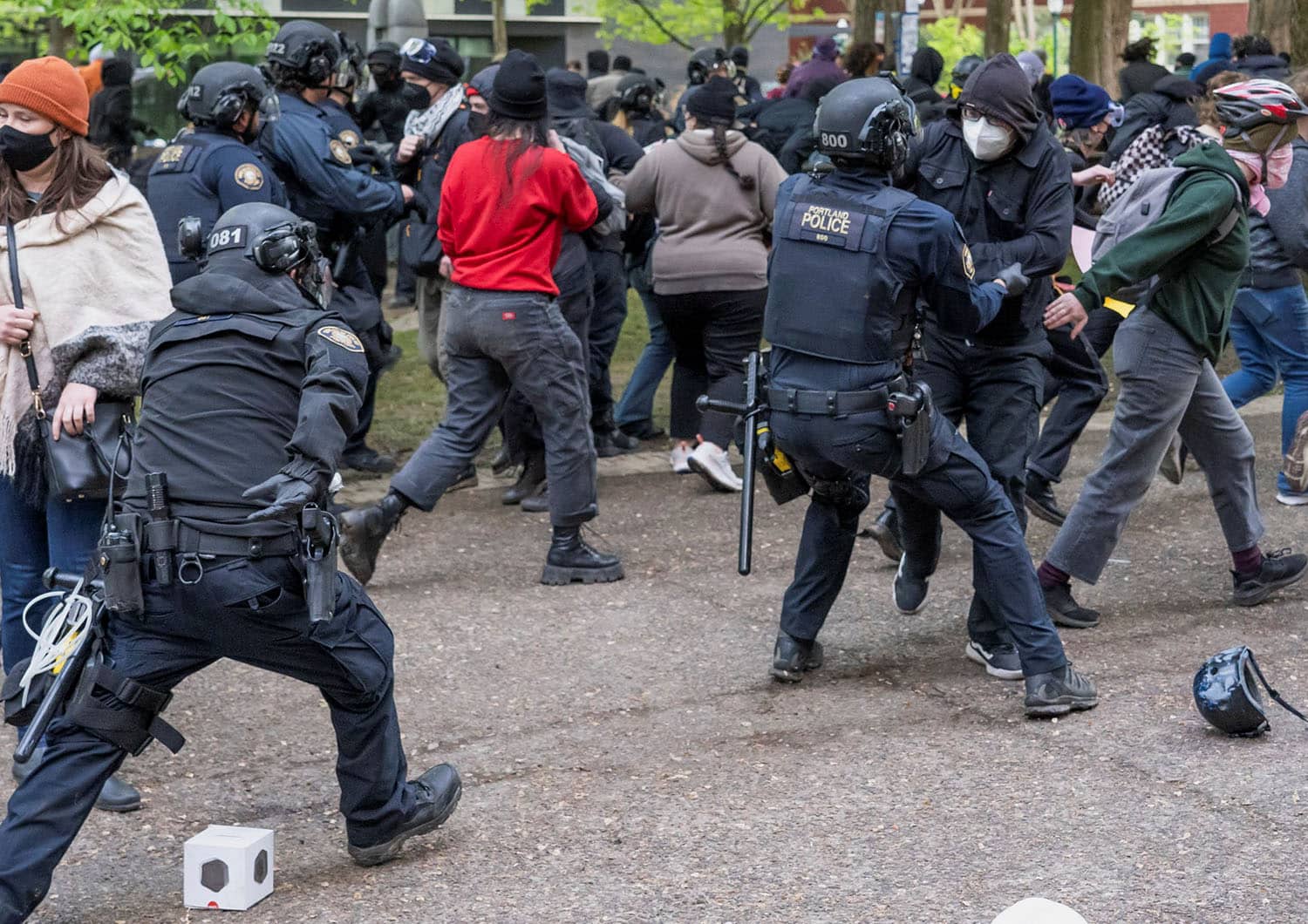(OSV News) — The Diocese of Rockville Centre, New York, is seeking to scrap its bankruptcy filing amid an impasse with abuse survivor settlements — and the case may lead to what one bankruptcy scholar called “a little bit of a showdown in the O.K. Corral” when it goes before a judge May 9.
On April 12, the diocese filed a motion to dismiss its Chapter 11 reorganization after a creditors’ committee of survivors roundly rejected a $200 million settlement package proposed by the diocese back in February. The offer, structured over three years, would have provided initial minimum payments of $50,000 or $100,000 to claimants, according to the terms of the diocese’s insurance at the time of the alleged abuse.
In a press release that same day, attorneys for the claimants said the creditors’ committee had “opposed the plan because it did not provide adequate compensation” and “lacked any child protection measures.” In January, the attorneys had asked for a settlement of at least $450 million.
Marie T. Reilly, a professor at Penn State Law and expert in bankruptcy law, told OSV News that “in this case, the debtor (the diocese) said quite clearly in all of the documents that were sent to creditors for their vote, ‘If you’d vote against this plan, please understand we’re going to move to dismiss our case.'”
Impasse over settlements
In an April 29 statement to OSV News, the diocese said it had “made the highest offer in the history of diocesan bankruptcies for the settlement,” and that its creditors “are demanding an unrealistic amount of money that would cripple the Church and its Ministries on Long Island (New York).”
The diocese also noted in its statement that the committee itself had first filed a motion to dismiss the bankruptcy more than a year ago, with the committee fearing the diocese’s mounting legal fees in the languishing case — now totaling some $100 million — were draining available assets for settlement.
That motion was dismissed in July, with the court ordering the diocese to submit an amended reorganization plan.
In its April 26 objection to the diocese’s motion for bankruptcy dismissal, the creditors’ committee accused the diocese of acting to “manipulate the bankruptcy process” as a way of “avoiding its responsibility to survivors as they suffer, age and die.”
The diocese filed for bankruptcy in October 2022, while then facing more than 200 lawsuits under New York State’s Child Victims Act of 2019, which along with the Adult Survivors Act of 2022 opened the door to hundreds of previously time-barred claims. Currently, the number of abuse suits against the diocese totals at least 500, with some cases dating back to the 1950s.
In 2017, the diocese launched an Independent Reconciliation and Compensation Program that paid more than $62 million to about 350 survivors, until the program concluded with the Chapter 11 filing.
The bankruptcy did not include parishes and Catholic schools, which are separate legal entities — although some parishes were named in the lookback window lawsuits. The diocese unsuccessfully petitioned the bankruptcy court to have all of those cases stayed and brought under the settlement umbrella, leaving several to be pursued in state court.
Legal maneuvering
In its April 26 objection to the diocese’s bankruptcy dismissal request, the committee accused the diocese of doing “everything it could to delay the Unstayed Cases against its diocesan-controlled parishes,” adding that some of the cases had “gained momentum,” prompting the diocese’s current move to halt the bankruptcy.
The diocese defended its decision, saying in its April 29 statement that it had “participated in a long, difficult mediation with the goal of compensating survivors while allowing the Church to carry on its charitable and religious mission.
“It was hoped that a settlement would prevent a rush to the courthouse where survivors would compete in litigations, leaving many survivors with little or no compensation,” said the diocese.
The diocese also bit back in its statement at what it called the committee’s “blind pursuit” of a “scorched-earth litigation strategy” that would “recklessly attempt to close parishes, schools, and other charitable ministries on Long Island” through crippling lawsuits.
“Our goals are compensation for all survivors and carrying on the Church’s mission, not endlessly feeding attorney fees,” said the diocese.
The creditors’ committee holds that the time and legal fees already invested in the case make the prospect of a bankruptcy dismissal “nuts,” said Reilly.
In addition, she said, the committee wants the motion denied to allow the unstayed cases to be tried in the state court “with the thought that the result of that litigation … will maybe bring the parties closer together (and) give them a better idea of what the claims are worth, and kind of facilitate a negotiation.”
The creditors’ are likely also concerned that “if the bankruptcy case is dismissed, they .. will lose the tools that are available in bankruptcy to claw back transfers of property that the debtor might have made in the run-up to bankruptcy.”
Prolonged bankruptcy untenable
But for the diocese, remaining in prolonged bankruptcy is untenable, said Reilly.
“While the debtor is in bankruptcy, it’s got to pay the lawyers for the creditors’ committee. It’s got to pay its own lawyers,” she said. “It has to make monthly operating reports to the bankruptcy court. It has to ask for permission every time it wants to spend any money.”
Now, said Reilly, “there’s going to be a little bit of a showdown in O.K. Corral on May 9, and we’ll see how the bankruptcy judge rules.
“If I were in his shoes, I would not want to dismiss this case if I thought there was any chance that the parties could get together and come up with the terms of a confirmable plan,” she said. “But on the other hand, I don’t think he’s going to deny the debtor’s motion to dismiss if he’s convinced that there’s … a possible middle ground.”
Another possibility is that the diocese “may ask for more time,” which would be “a good sign,” she said.
“That means that the parties are trying to negotiate and they’re at least talking to each other,” said Reilly.

